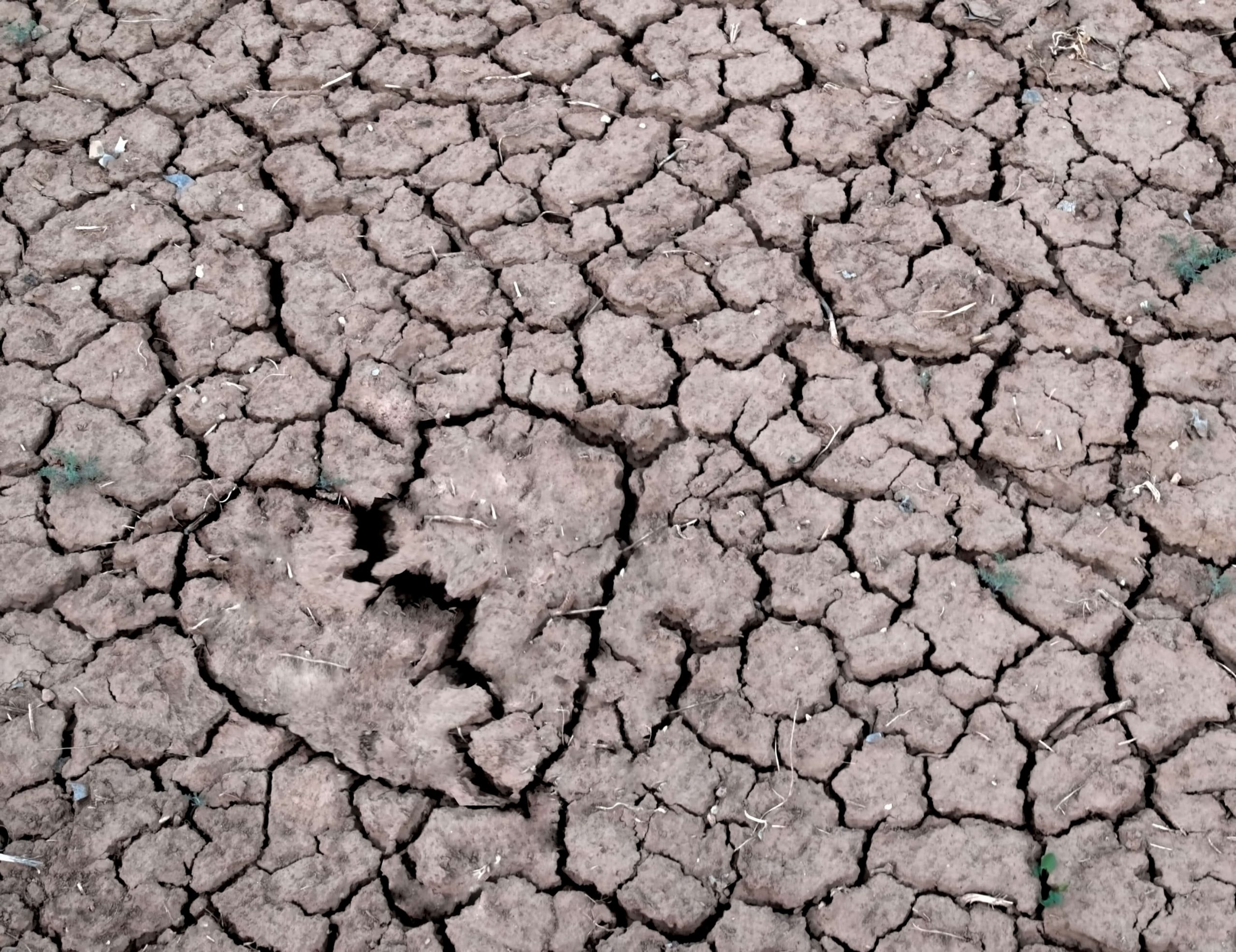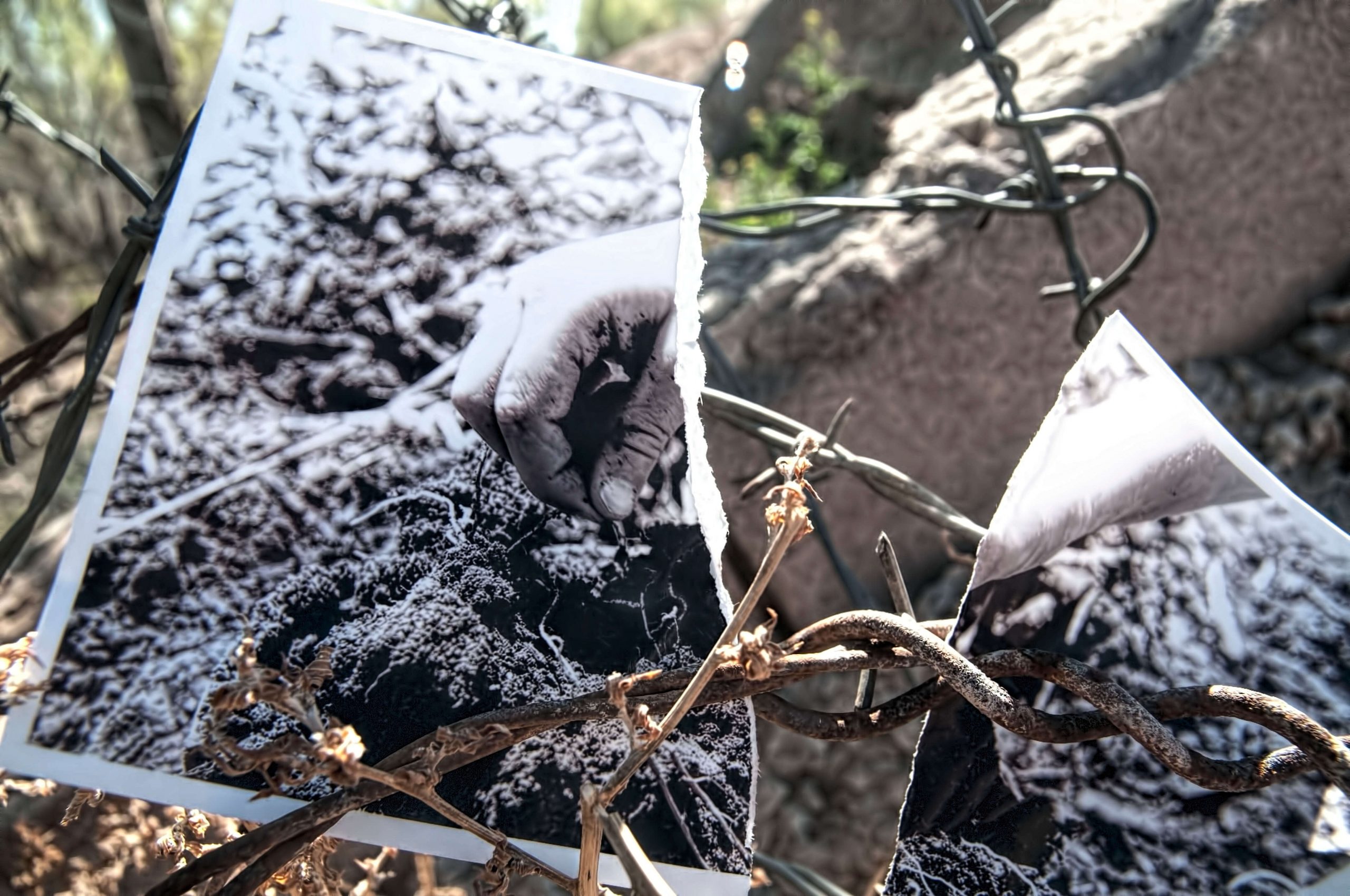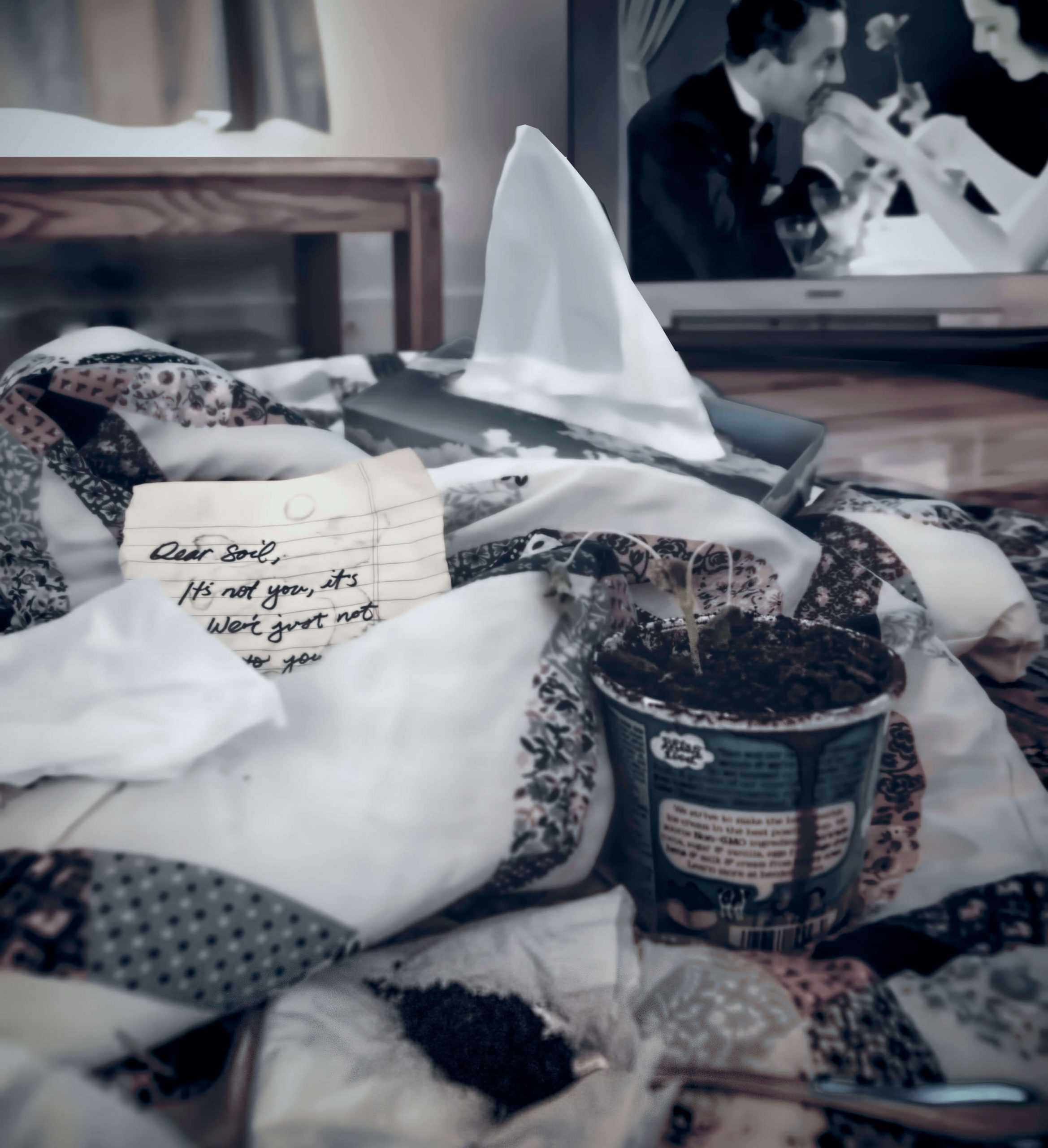Soil and the City, Episode 3: Sorry Soil, It’s Not You, It’s Us – The Break Up
by Amy Bell, PLA, ASLA, ISA Certified Arborist
FBT Architects Landscape Architect

This six-part blog series investigates the reasons why we have fallen out of love with soil (or at the very least taken it for granted) and how we can rekindle that relationship through an amended approach to the design and construction of our everyday places.
Soil and the City, Episode 3: Sorry Soil, It’s Not You, It’s Us – The Break Up
Dear Soil,
We’re just not that into you. Can we still be friends?
It’s clear we’ve hit a rocky part of this well traveled road. We’ve dredged up our history, sifted through the emotional baggage and clearly we just keep pushing soil away. At best, we take it for granted and at worst, we actively engage in its destruction.
Relationships are complicated and sometimes we do and say things we regret. Is soil just too hard to understand?
Not really. Let’s be honest – it’s us.
Digging through our relationship story we see that ages ago we had to understand soil because we needed it to survive.
As time progressed we invented mechanized processes to make life easier and support larger populations. The Industrial Revolution created the worldview that our reality consists of parts that can be dissected, reconstructed and understood in isolation of each other. This thinking supports materialism, reductionism and ultimately fragmentation: a rift in our connection to environments and each other.

The machine metaphor doesn’t apply to our emotions and it certainly doesn’t apply to the symbiotic interactions within soil ecosystems. Passion isn’t static. It can’t be defined as any one thing.
As Kahlil Gibran wrote, love is “a moving sea between the shores of your souls.” Like the ocean of soil around us, love is constantly moving, growing, subsiding and endlessly changing.
Even in the arid west we have progressively detached our consciousness from the systems that sustain us, so it’s not difficult to deny our accountability. Most of us don’t grasp the full consequences of topsoil loss. Soil compaction’s negative effects aren’t made visible until a landscape is several years old. When we hide the soil beneath acres of gravel and weed barrier fabric, it’s easy to pretend it’s not there.
Along with this detachment comes concern about maintenance: Nature is difficult to maintain. It’s disorderly! Ugh, that tree has leaves. Life, death, decay and rebirth are so yesterday.
This train of thought makes soil a burden. Like any loving partner, it needs attention but we continue to take advantage of it. Meanwhile soil dons the proverbial sweatpants, binges on Netflix and a carton of ice cream and waits for us to call. It’s like that dismal third act in a romantic comedy, but before we get that reunion and emotional payoff we must narrow it down to the design process.

Soil is interdisciplinary, challenging our design scopes, fees and processes. The Industrial Era’s business model is driven from the top down by accountability and efficiency, relying on categorization, mechanization and standardization. In the face of the machine model, soil is complicated. It just doesn’t fit in neat little scope buckets. Soil building processes are too cyclical to fall in to an assembly line.
We’ll be the first to tell our clients that collaboration is the key to a successful project, but the issues that cross disciplinary boundaries are frequently the same ones that result in change orders.
That wasn’t in my scope. We don’t have a fee for that.
Or
The couch is mine. PS I took the dog.
Building-siting, rough grading, fine earthworks, structural supports and fill, compaction, drainage, irrigation, planting schemes, utility connections, air quality systems, energy production and use – ALL of these pieces stretch across a project’s success and are connected to the quality and health of the soil.
Soil health involves the entire design team, but have you ever had a meeting with soil as the top agenda item? Is it crazy to propose that soil could be our organizing principle?
Some real soil soul searching may be involved. It’s no small task to shift our focus from things to relationships. One piece is obvious: improving our ability to work with each other will improve our relationship with soil.
And amazingly soil isn’t mad. It doesn’t hold a grudge. Soil is incredibly forgiving (perhaps to a fault) as its resilience may support a kind of codependency. But it’s not too late for us to change.
Hey soil, put down the ice cream. Can we make amends?
ROLL CREDITS.
Tune in next week for Episode 4: Romancing the Soil – Towards Making Amend(ment)s.
Images by Amy Bell.
Previous Installments:
Episode 1: Can Soil Get its Groove Back?
Episode 2: Baggage – A Brief History of New Mexico’s Love Affair With Soil

